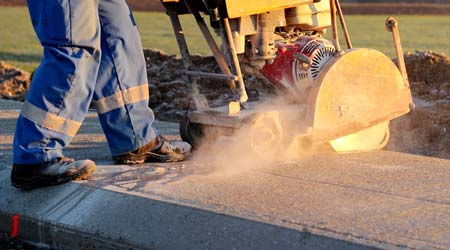
How Occupants Influence Building Energy Performance
April 28, 2016
When we buy a new car, most of us look at vehicle features, price, and comfort to determine the best fit and value before making our purchase. Often we also use the fuel efficiency to evaluate how the car will impact our wallets at the pump and compare the long-term fuel costs between choices. But after we drive the car off the lot, how often do we think back to that fuel economy sticker that was on the window? As you lay on the gas pedal, feeling the wind in your hair, revving the engine around the bend, your advertised fuel efficiency likely just dropped from impressive to underwhelming. In essence, regardless of the car’s design, your actions and behaviors in operating the car significantly impact its performance.
Our buildings are very similar — we design and build our schools, offices, and other facilities to demanding performance codes, standards, first-cost and ongoing budgets, and operational requirements. We measure twice and cut once as we build and commission our buildings to ensure that what is constructed can perform to the level of performance designed. Then we occupy our buildings — buildings with LEED certifications, energy efficiency targets, and established energy budgets. And just like when we drive our car off the lot, as we move in to our new building, we focus our attention on operating the building to support occupants and meet varying demands on the facility, losing sight of that energy target that was so carefully engineered.
This Quick Read comes from Ashley Ruiz, program manager for McKinstry’s powerED program, a behavior-focused energy awareness and operational efficiency program, and Jesse Sycuro, P.E., CEM, LEED AP, the operations manager for McKinstry’s Energy Management group. Read more from them about ways to use occupant behavior to reduce energy consumption.
Next
Read next on FacilitiesNet












